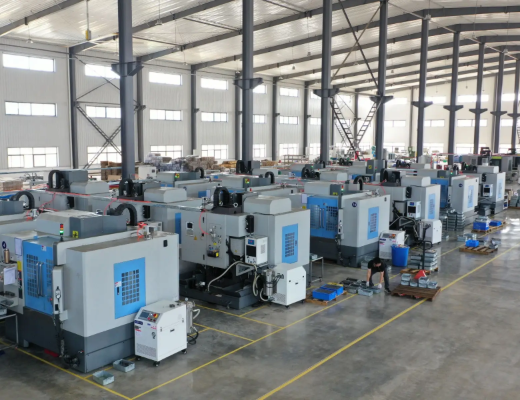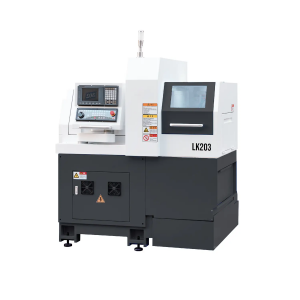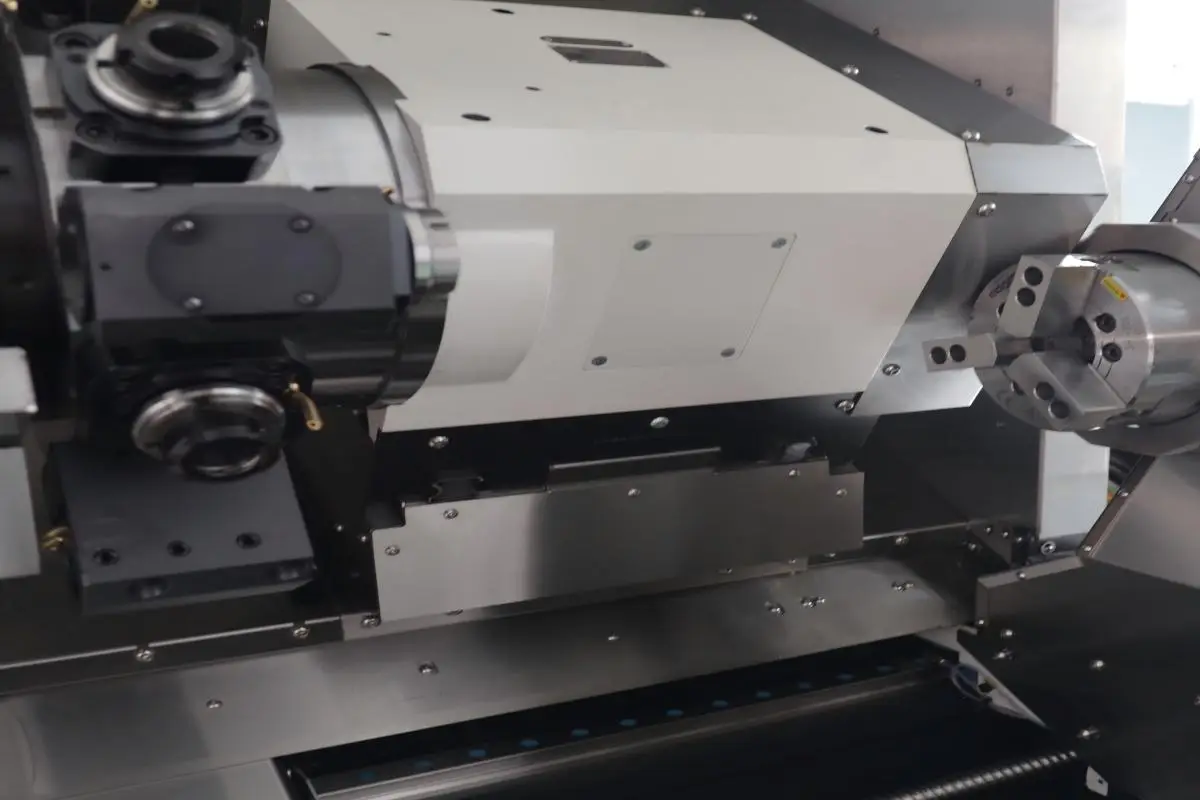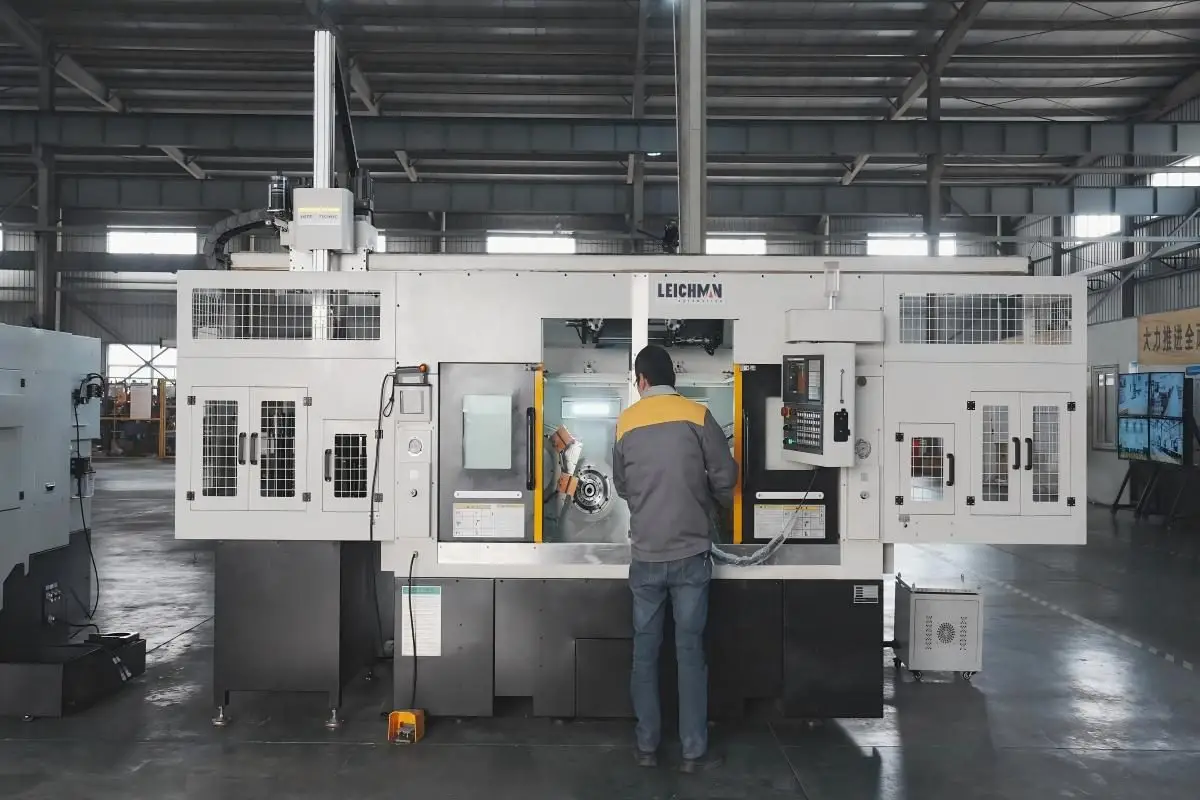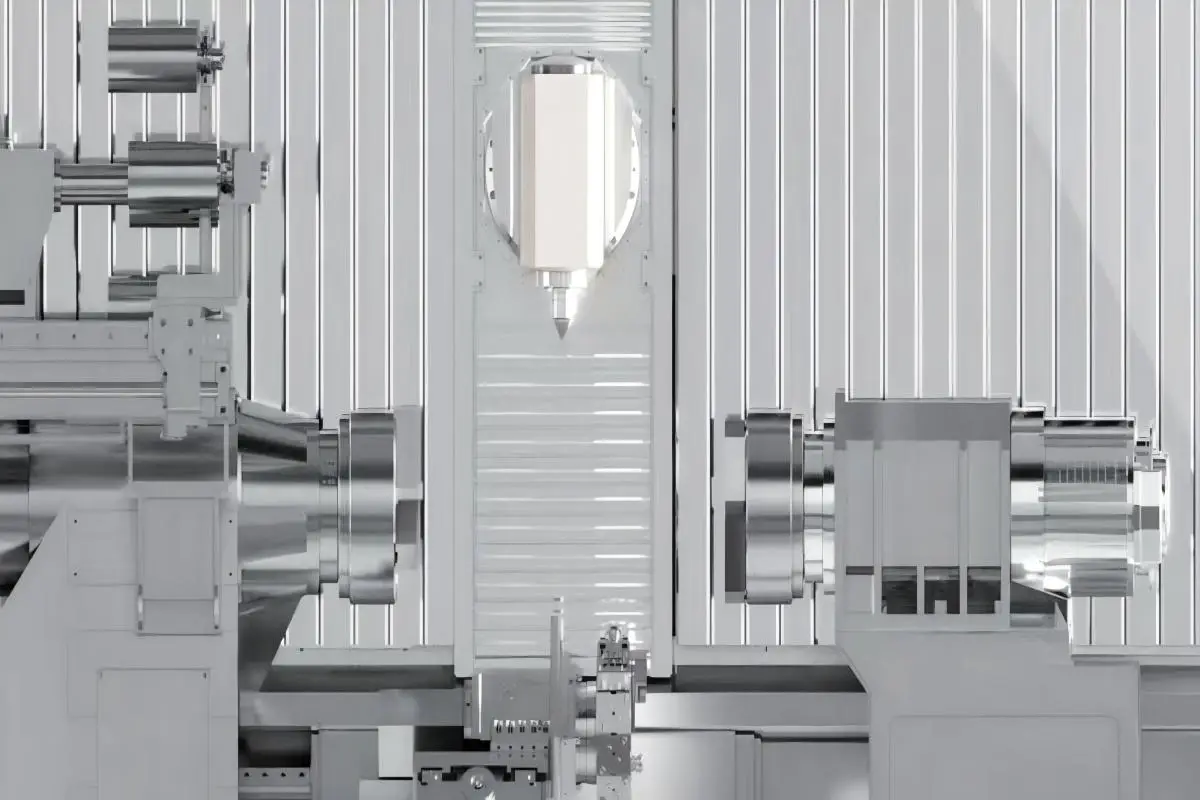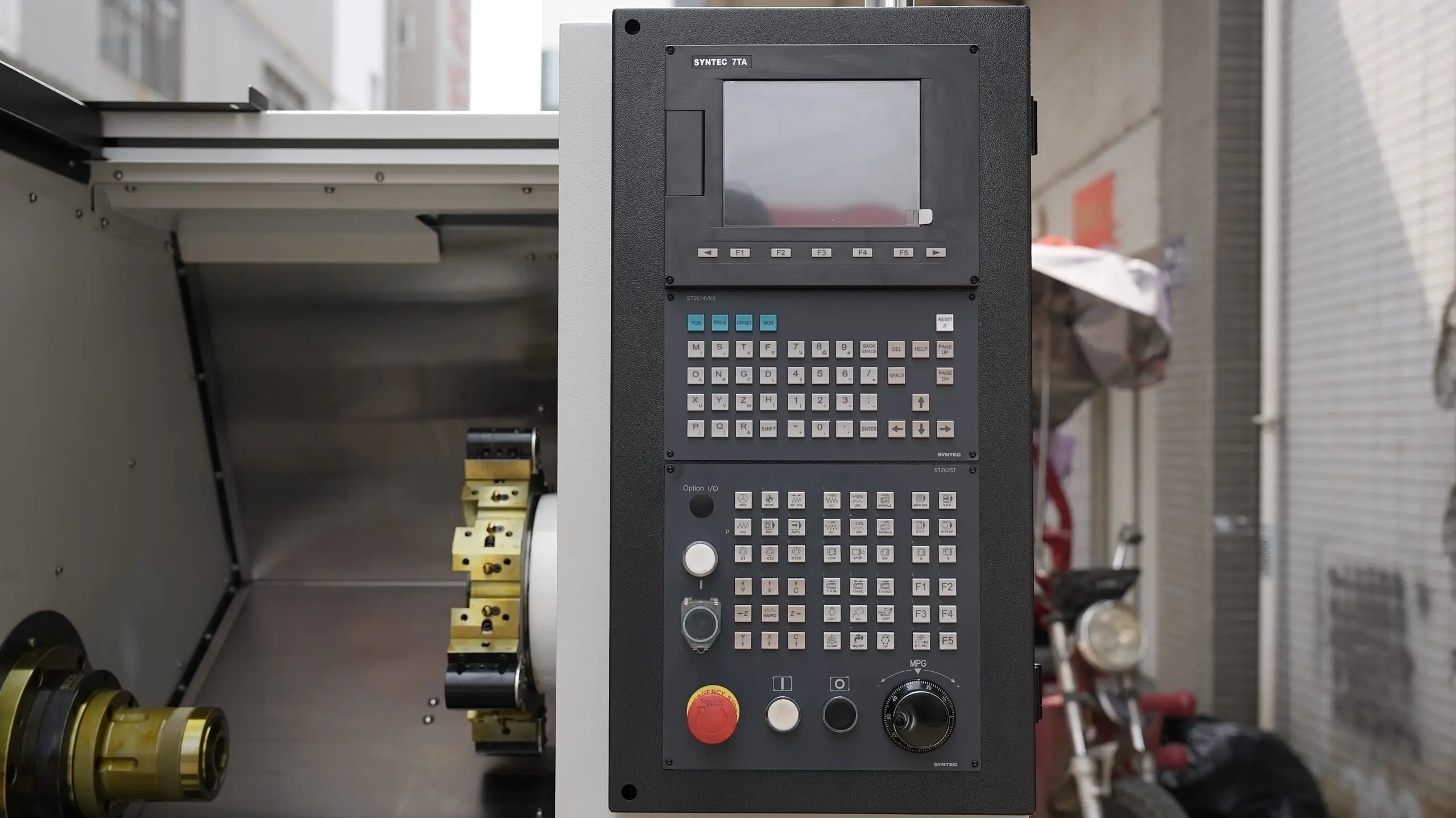In the competitive landscape of CNC machining, selecting the right tooling for internal threading on a CNC lathe is crucial for efficiency and precision. As a trusted partner for clients, we understand the complexities involved in this decision-making process. This article will guide you through essential considerations when choosing tooling for internal threading, emphasizing insights valuable for businesses looking to optimize their operations.
Understanding the Types of Tooling
When dealing with internal threading on a CNC lathe, it is important to understand the various types of tooling available. Threading tools generally fall into two categories: single-point tools and multi-point tools. Single-point tools are commonly used for internal threads due to their versatility and ability to create various thread profiles. Multi-point tools, while less common for internal threading, can be beneficial in specific applications where efficiency is paramount.
CNC lathe manufacturers often provide specific recommendations for tooling based on the materials being machined. Therefore, it is essential to consider the material properties of the workpiece when selecting your tooling. If your business is looking for a CNC lathe for sale, be sure to inquire about the compatibility of the machine with various tooling options.
Material Considerations
The material of the tool itself is a critical factor in achieving the desired threading quality. Common materials used in threading tools include high-speed steel (HSS), carbide, and ceramic. Each material has its advantages: HSS is usually more cost-effective and suitable for softer materials, while carbide offers superior wear resistance and allows for higher speeds and feeds, making it ideal for harder materials.
Additionally, the coating of the tool can significantly affect its performance. When purchasing tooling, consider asking CNC lathe manufacturers about recommended materials and coatings for your specific applications, particularly if you are exploring options for a CNC lathe for sale.
Tool Geometry and Design
The geometry of the threading tool is another essential aspect to consider. The design of the tool, including its shape and angle, influences the quality of the internal thread produced. Factors such as chip formation, tool clearance, and cutting edge geometry must be tailored to the specific application and material.
For efficient internal threading, tools with a more acute angle may be preferred for finer threads, while a more robust design may be necessary for larger threads. Engaging with CNC lathe manufacturers can provide insights into which geometries work best for your operations, ensuring you select the most effective tooling for your needs.
Making Informed Tooling Choices
Choosing the right tooling for internal threading on a CNC lathe is a multifaceted process that involves understanding the types of tooling, material considerations, and tool geometry. By collaborating closely with CNC lathe manufacturers and exploring options for a CNC lathe for sale, your business can make informed decisions that enhance productivity and maintain high-quality standards.
In conclusion, the Leichman LK203 Swiss-type CNC lathe exemplifies the precision and efficiency that businesses can achieve with the right tooling for internal threading. By considering material, design, and manufacturer recommendations, you can optimize your machining operations effectively.
